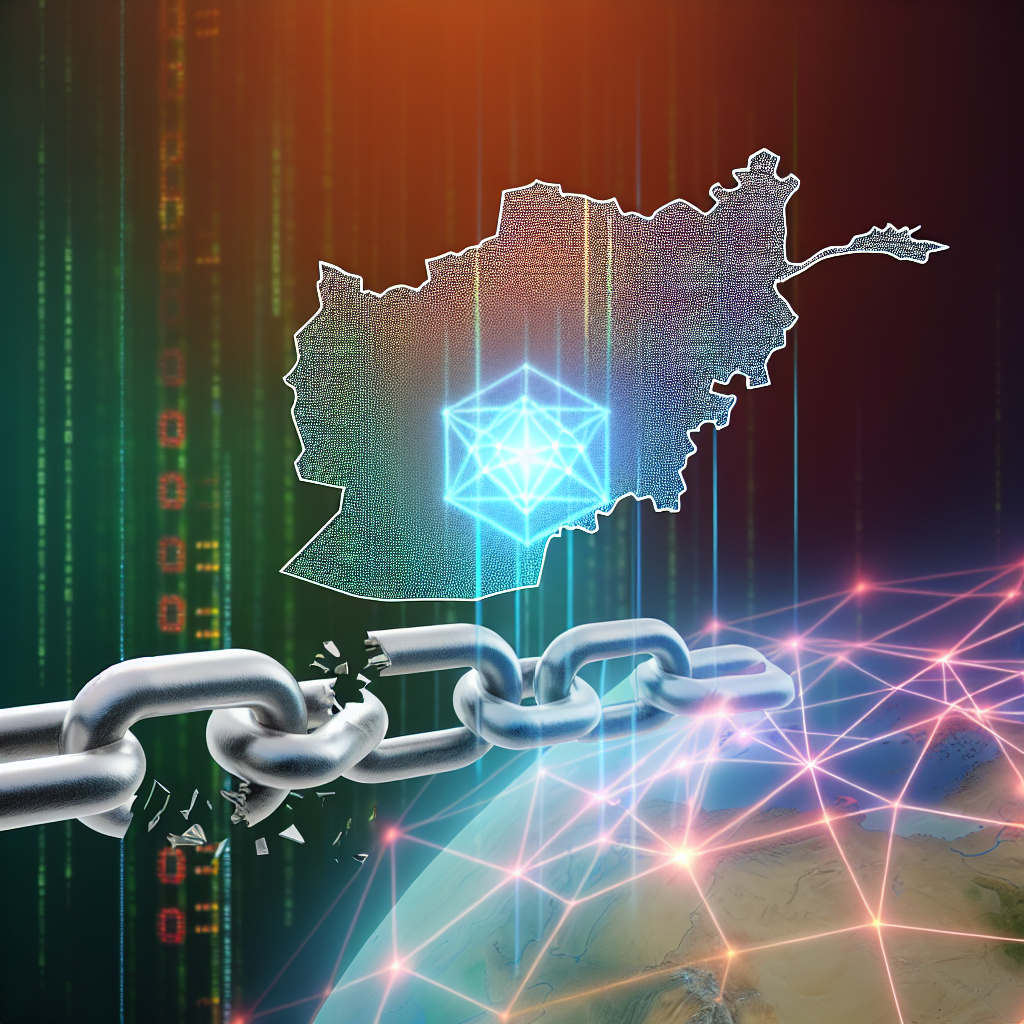The recent nationwide internet outage in Afghanistan has highlighted a significant vulnerability in the top decentralized blockchains — their reliance on centralized internet providers that are susceptible to government interference and technical failures.
The nation experienced nearly a complete internet blackout lasting around 48 hours before connectivity was restored on Oct. 1, as reported by Reuters . The Taliban administration reportedly ordered the shutdown, although officials later cited “technical issues” related to fiber optic cables.
While blockchains are designed to offer a public and censorship-resistant medium for value transfers, their dependence on centralized internet providers complicates these objectives during internet outages.
“The Afghanistan blackout is not merely a local connectivity crisis: it serves as a wake-up call,” stated Michail Angelov, co-founder of the decentralized WiFi platform Roam Network. “When connectivity is controlled by a small number of centralized providers, the potential of blockchain can evaporate at any moment,” he added.
The nationwide disruption of internet and mobile data services impacted around 13 million people, as reported by ABC News in September . This marks the first total internet shutdown since the Taliban took power, following regional restrictions imposed earlier in September aimed at curbing online activities perceived as “immoral.”
The Taliban denied implementing a ban, attributing the outage to technical complications, including issues with fiber optic cables.
Iran has also encountered issues with internet censorship since the onset of its conflict with Israel.
In June, the Iranian government enacted an internet shutdown that lasted 13 days, allowing only domestic messaging apps, prompting citizens to search for hidden internet proxy links for temporary access, as reported by The Guardian on June 25.
Related: $11B Bitcoin whale returns with $360M BTC transfer after 2 months
DePIN projects are creating decentralized internet infrastructure
The blackout in Afghanistan intensifies the call for decentralized connectivity solutions that eliminate single points of control.
Decentralized wireless networks are emerging as viable alternatives to centralized internet providers, as part of a broader movement known as decentralized physical infrastructure network, or DePIN.
Roam seeks to establish a smartphone-powered decentralized wireless network that crowdsources mobile signal data to create a “living map of connectivity.”
With the project’s forthcoming eSIM implementation, devices can automatically choose the best available internet options, including public carriers, a private mesh, or a peer-powered local network.
“Roam users can instantly see what is operational where: no uncertainty during outages,” ensuring connectivity even when “centralized structures fail,” stated Angelov.
Related: $10B in Ethereum awaits exit as validator withdrawals surge
According to data from worldmobile.io, World Mobile is the largest decentralized network with 2.3 million daily active users across over 20 countries.
In August, the project achieved over $9.8 million in total revenue, which is distributed among AirNode operators, stakers, and other contributors.
Helium stands as the second-largest decentralized wireless network, boasting over 190 countries and 112,000 total hotspots globally. It claims to have more than 1.3 million daily users leveraging its decentralized network.
Users are incentivized to establish hotspots for internet coverage through rewards in Helium (HNT) tokens.
Proponents argue that the potential of blockchain technology for financial freedom and censorship resistance can only be fully realized with a more distributed underlying internet.
As Angelov remarked, “If decentralization is limited to the protocol layer, we haven’t truly resolved the issue — we’ve merely shifted the locus of control.”
Magazine: Most DePIN projects barely even use blockchain — True or false?

